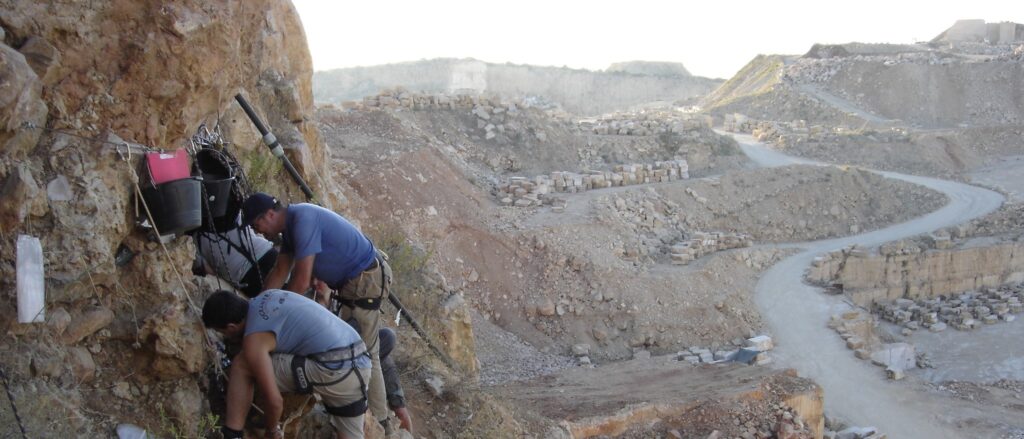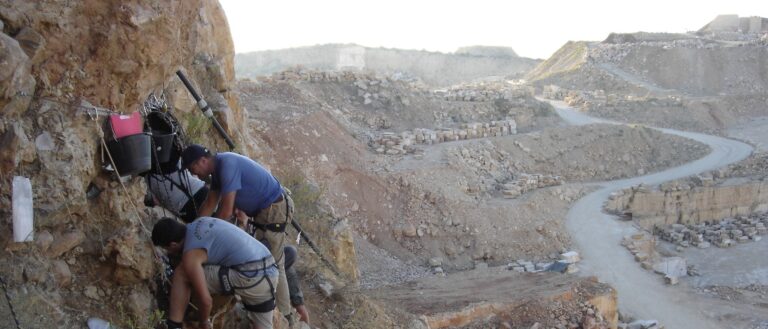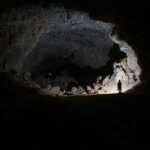The CENIEH leads the first dating study of Pirro Nord site in Italy
An international research team, led by the Centro Nacional de Investigación sobre la Evolución Humana (CENIEH), has just published the results of the first dating study of the archaeological site of Pirro Nord (Apricena, Italy) in the journal Quaternary Geochronology. Through a combination of various dating methods applied to the fossil material and the surrounding sediment an age of about 800,000 years was obtained, indicating that this Paleolithic site is probably much younger than through until now.
The lithic tools and marks of anthropic activity on fossil bones found in this karstic fissure have been traditionally considered as the oldest evidence of human presence in western Europe, but new chronological data indicate that it is about half a million years younger than previously estimated.

This result was obtained by combining the following dating methods: Electron Spin Resonance (ESR) and Optically Stimulated Luminescence (OSL), both applied to quartz grains; Uranium-Thorium and ESR on fossil teeth; Paleomagnetism applied to the host sediment.
Despite its archaeological importance, Pirro Nord had never been dated, although from fossils of large mammals and microfauna (especially rodents), it was estimated to be older than the Spanish sites of Sima del Elefante (Atapuerca, Burgos), and Fuente Nueva-3 and Barranco León (Orce, Granada).
“We were very surprised the first time we compiled the dates found, as they were a lot more recent than expected,” explains Dr. Mathieu Duval, lead author of the paper. “For this reason, we had to ensure the quality and solidity of the data obtained, and it finally took us over 10 years to finish this work,” adds this CENIEH researcher.
The dating methods employed agree on attributing the same age to Pirro Nord, which opens the door to new possible conclusions. On the one hand, the age of the fossils and artifacts might really be 800,000 years, undermining the existing biochronological framework for the archaeopaleontological sites of Italy. In that regard, the new study also casts doubt over the quality of the chronological data available for other Italian sites like Colle Curti and Castagnone.
The second possibility is that the ages obtained directly from the fossils could have been affected by geological processes. In other words, the fossils could have been carried into younger deposits, which is not unusual in karstic systems (caves). If this were confirmed, it would significantly limit the relevance of Pirro Nord in comparison with other European Lower Paleolithic sites.
“In any case, at the very least, these new results complicate our understanding of the early human dispersions into the European continent. Until now, Pirro Nord was considered as the only site in Western Europe older than the Spanish sites of Sima del Elefante, Fuente Nueva 3 and Barranco León, or Le Vallonnet in France, all dated to about 1.1-1.2 million years,” concludes Dr. Duval.
Bibliographic information:
Press release from the Centro Nacional de Investigación sobre la Evolución Humana – CENIEH



